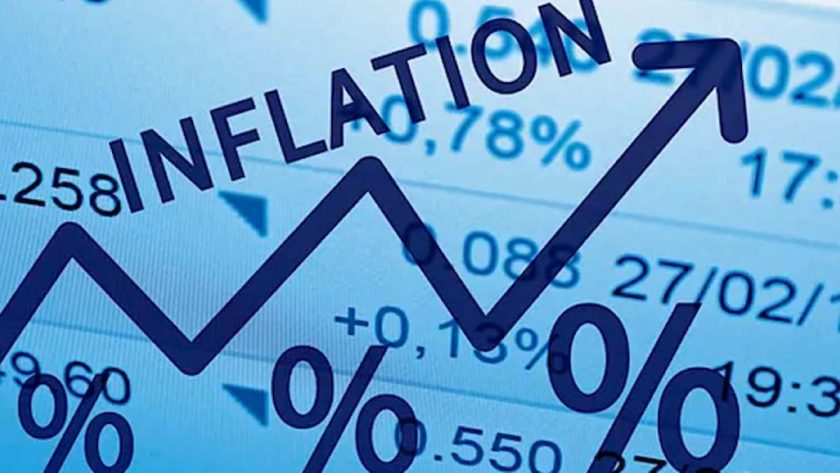Inflation Spikes in UK, US Amidst Rates Cut Expectations
Rates cut talks across the market deepened as the UK and the US reported a surge in the consumer price index that measures headline inflation. To boost GDP growth, markets anticipate the Federal Reserve to cut rates at least twice in 2025, amidst diverging views in Bank of England policy direction.
The U.S. Bureau of Labor Statistics (BLS) reported that the Consumer Price Index (CPI) rose 3.00% YoY in September 2025 from 2.90% in August, reinforcing the persistence of price pressures across key consumer segments.
On a monthly basis, the CPI increased 0.30%, largely driven by a 4.10% rebound in gasoline prices, which offset declines in key food and shelter components.
Meanwhile, Core CPI, which excludes food and energy, held steady at 3.00% year pn year from 3.10% in August as shelter index (which accounts for over one-third of the CPI basket) advanced only 0.10% month on month.
The adjustment marked its smallest monthly gain since 2021, while apparel and household furnishings saw moderate upticks due to tariff pass through effects on imported goods.
Food inflation eased to 3.10% quarter on quarter from a near two-year high of 3.20% in the prior month, aided by easing prices for grains and meat.
Analysts said this indicates that while disinflation progress continues, energy volatility and tariff effects have kept headline inflation above the Federal Reserve’s 2.00% target.
Overall, while the inflation outlook is improving, sustained energy moderation and softer wage growth remain critical to restoring inflation to target over the medium term.
In the near term, inflation is expected to hover around current levels, supported by stable core prices and easing goods demand, Meristem Securities Limited said in a commentary note.
The Lagos based investment firm said achieving the Federal Reserve’s 2.00% target will likely take until mid-to-late 2026, barring a significant cooling in wage growth or a sharp correction in energy prices.
Elsewhere, the UK Office for National Statistics (ONS) reported that headline inflation held steady at 3.80% YoY in September, defying expectations of an uptick to 4.00% as projected in the Bank of England’s August Monetary Policy Report.
Core CPI eased slightly to 3.50% from 3.60%, while services inflation remained unchanged at 4.70%, (under the BoE’s projection of 5.00%).
The moderation in price growth was driven primarily by a sharp fall in airfares, a notable decline in live entertainment costs, and softer food prices (categories that have been central to recent inflation pressures).
Lower food and transport-related costs have eased the burden on households, while reduction in discretionary services reflects to a moderation in consumer demand.
However, rising transport costs, linked mainly to the energy base effect, shows that inflationary risks tied to energy volatility persists.
Looking ahead, the September figures reinforce expectations that the BoE will keep its policy rate on hold for an extended period while monitoring labor market softening and service-sector pricing.
Sustained moderation in wage growth and further easing in food and energy prices will be critical for inflation. Overall, this signal a cautious but encouraging disinflation trend, suggesting that the UK economy is gradually stabilizing. US 10-Year Treasury Yield Falls as Shutdown Reaches 15 Days

